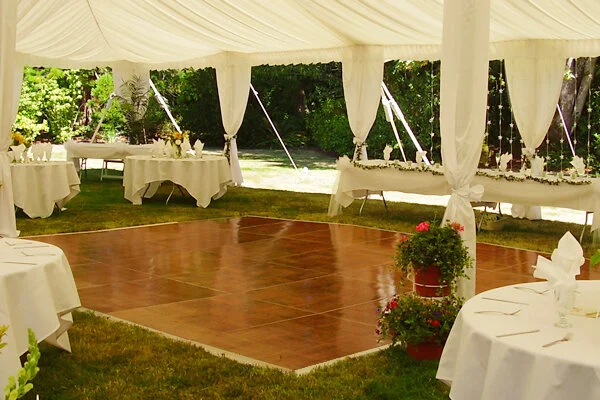Guaranteeing Safety and Pleasure on the Dance Floor: Spotting and Preventing Frequent Hazards
Guaranteeing Safety and Pleasure on the Dance Floor: Spotting and Preventing Frequent Hazards
Blog Article
Dancing is a well-liked activity that unites individuals collectively, whether at a party, a dance venue, or a special occasion. Yet, although dancing can be a lot of enjoyment, it is essential to keep security in mind. The dance area can present various hazards that may lead to injuries or mishaps if not addressed appropriately. By identifying and mitigating these common hazards, event organizers and dancers can ensure a safe and enjoyable experience for all.
One of the major significant hazards on the dance floor is the risk of slipping or falling. This can happen due to spills, uneven ground, or overcrowded spaces. To avoid these accidents, it is important to maintain a clean and dry dance area. Event coordinators should regularly check the floor for any leaks or debris and clean them up immediately. Furthermore, making sure that the dance area is adequately lit can help dancers see potential hazards, reducing the chances of slipping. Dancers should also be mindful of their environment, steering clear of crowded areas where they may be pushed or tripped.
Another common problem on the dance area is the potential for injuries caused by too many people. When too many people congregate in one area, it can lead to bumps, contusions, and even more grave injuries. To prevent overcrowding, locations should establish a maximum capacity for the dance floor and oversee it closely. Event organizers can use fencing or ropes to create specific areas for dancing, which can help control crowd flow. Additionally, click motivating dancers to be conscious of their space and to consider others can create a safer environment for all.
Injuries can also occur from unsuitable footwear. Wearing shoes that are not appropriate for dancing can lead to falls, injuries, or foot damages. Dancers should select footwear that provides proper support and grip. Event organizers can prompt guests to choose appropriate shoes by including this information in announcements or communications. Providing a location for dancers to keep their shoes can also help keep the dance area secure and free from potential risks.
Lastly, it is essential to consider the importance of health and fitness on the dance area. Staying well-hydrated is crucial, especially during long you could look here periods of dancing. Lack of hydration can lead to dizziness, fatigue, and other health issues. Event coordinators should provide water stations or encourage guests to bring water containers. Additionally, it is vital for dancers to listen to their bodies and take pauses as necessary. By promoting a healthy atmosphere, all can savor dancing while minimizing the risk of health-related issues.
In conclusion, ensuring safety and pleasure on the dance area requires awareness and preemptive measures. By recognizing hazards such as slips, overcrowding, improper footwear, and health issues, event coordinators and dancers can work together to create a secure environment. Taking these actions not only avoids accidents but also enhances the overall encounter for all involved. With proper precautions, the dance floor can remain a space of fun and community for all.